Perfect Pie Crust
- By Jennifer Segal
- November 24, 2024
- 168 Comments
- Leave a Review

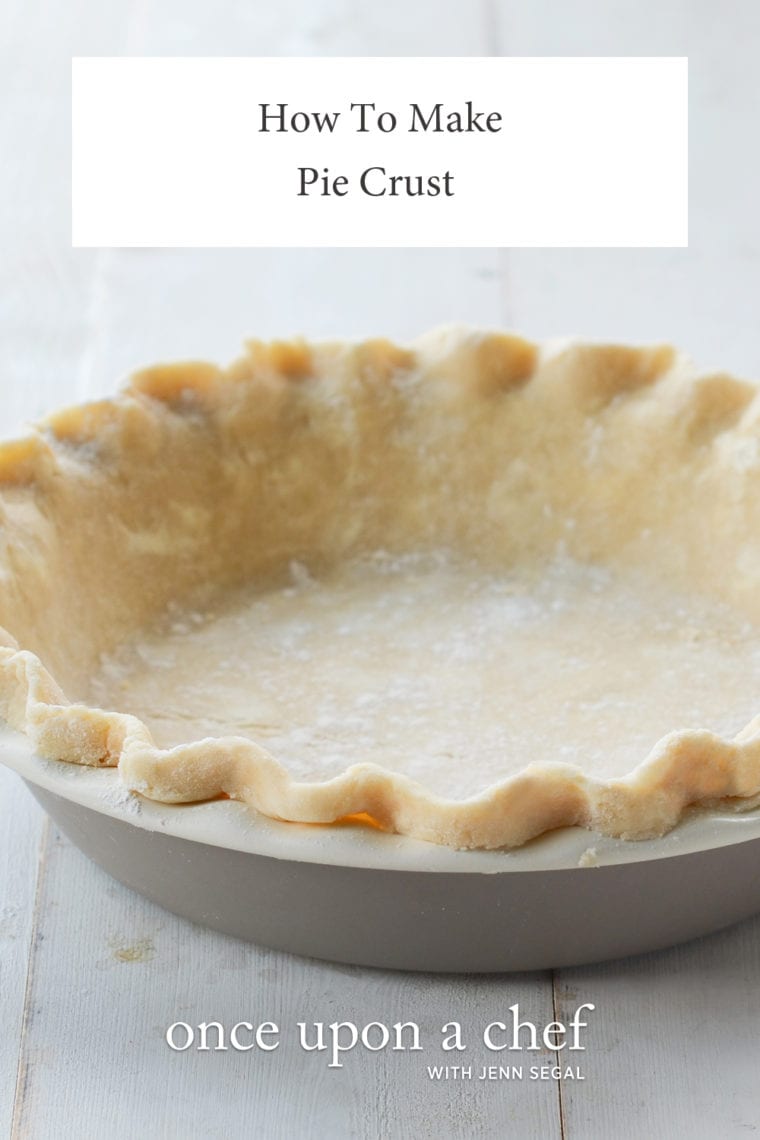
This post may contain affiliate links. Read my full disclosure policy.
Learn how to make the perfect pie crust with this easy recipe. Buttery, tender and flaky—it’s ideal for beginners and seasoned bakers alike!
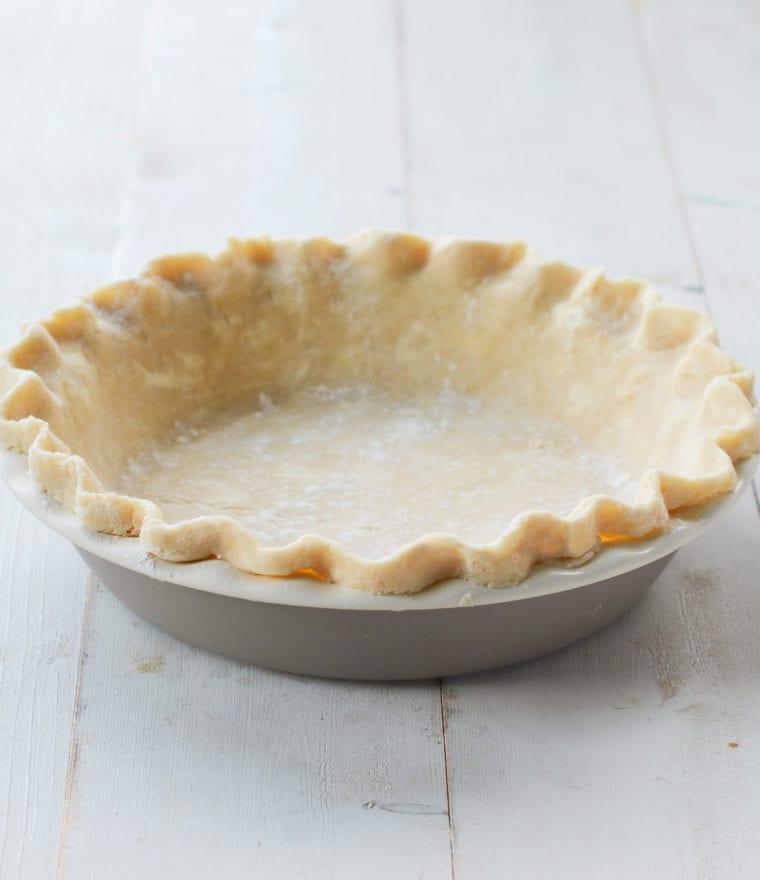
Are you hesitant to make homemade pies because the idea of making your own crust feels daunting? Don’t be! With just a handful of ingredients, you can make a pie dough that’s reliable, easy to handle, and yields a buttery, flaky crust every time. My pie crust recipe combines butter and shortening for the perfect balance: butter adds rich flavor and flakiness, while shortening ensures a tender texture and helps the crust hold its shape. A bit of baking powder—a genius tip from pastry chef Nick Malgieri—prevents shrinking and slipping by encouraging the dough to expand into the pan as it bakes.
Whether you’re making pumpkin pie, pecan pie, or any other favorite, this recipe is straightforward enough for beginners and far better than store-bought. Once you try it, you’ll wonder why you waited so long to make your own crust!
“I’ve tried for many years to make a good pie crust. And here it is…the best ever. Thank you so much for sharing this recipe, and for explaining the baking process in such details. This will be my go-to for years to come!”
What You’ll Need To Make Pie Crust
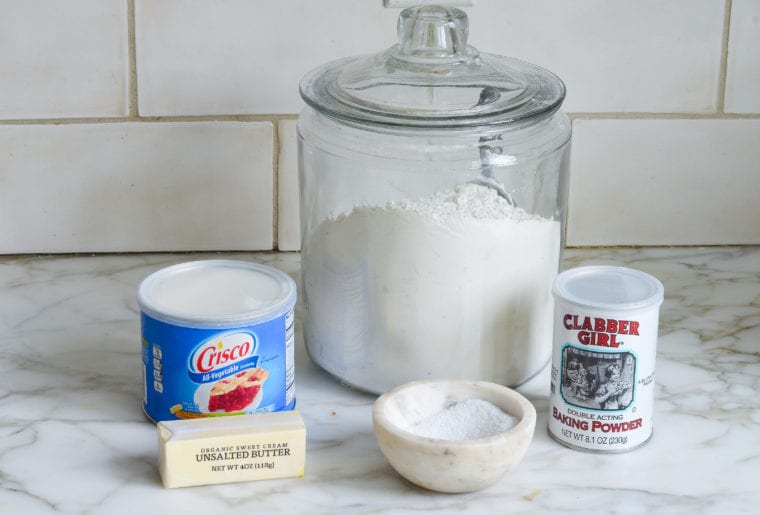
- All-Purpose Flour: Provides the structure and foundation for the crust, forming the base that holds the filling. To ensure accuracy, measure the flour by spooning it into the measuring cup and leveling it off.
- Salt: Enhances the flavor of the crust.
- Baking Powder: Helps the crust to expand into the pan, preventing shrinking and slippage during baking.
- Butter: Contributes flavor and creates flaky layers as it melts during baking. The butter should remain in the fridge until immediately before you need it; keeping it very cold ensures distinct pockets of fat that result in maximum flakiness.
- Vegetable Shortening: Adds tenderness to the crust, making it easier to work with. The shortening should also be very cold as it prevents it from blending too much with the flour, preserving the crust’s delicate texture.
- Cold Water: Binds the ingredients together to form a cohesive dough; using very cold water helps keep the butter and shortening from melting prematurely and makes the dough easier to handle and roll out.
- Jump to the printable recipe for precise measurements
Step-by-Step Instructions
To begin, combine the flour, salt and baking powder in the bowl of a food processor fitted with the metal blade. (If you don’t have a food processor, I’ve given instructions for making the dough by hand in the printable recipe.)
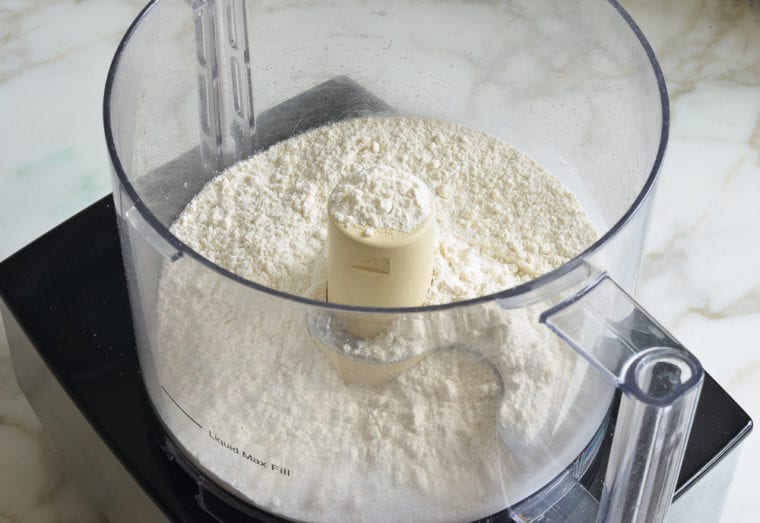
Add the cold butter and shortening in pieces.
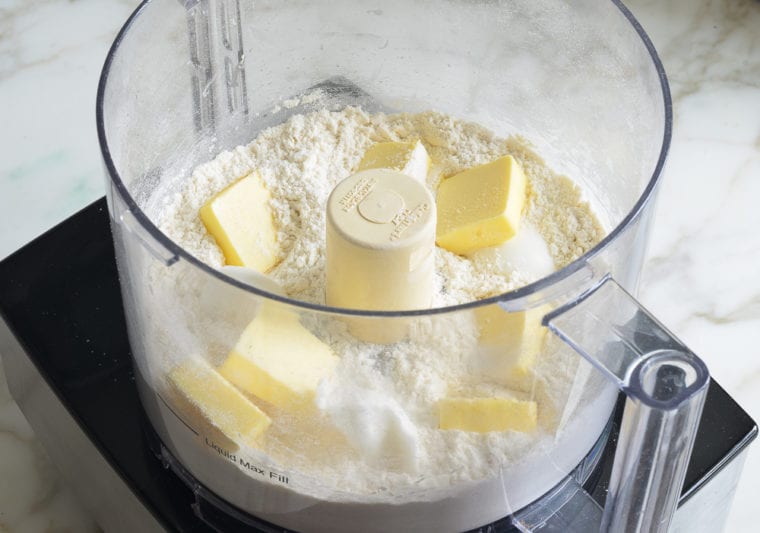
Pulse until you have coarse crumbs with lots of pea and chickpea-sized clumps of butter and shortening within. Don’t over-process the dough: all of those clumps of fat steam in the oven, creating layers in the pastry that make a flaky crust.
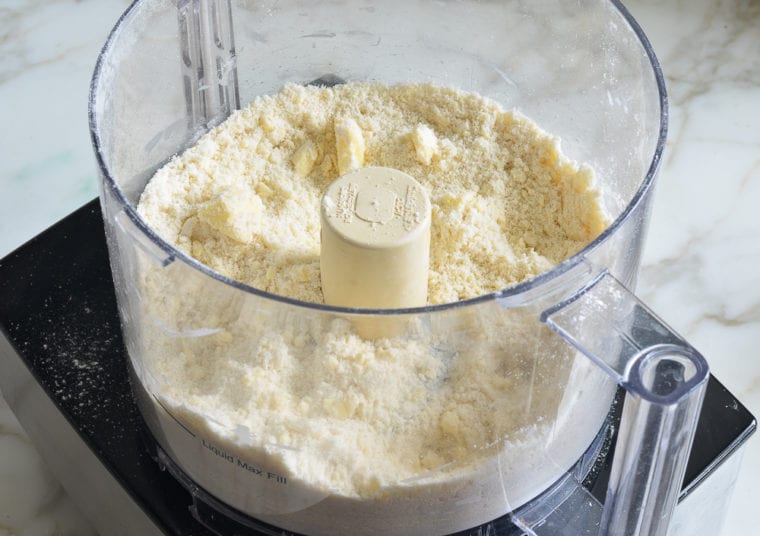
Add ice cold water and pulse a few times until the mixture is just evenly moistened and very crumbly. It will not come together into a mass — that’s good!
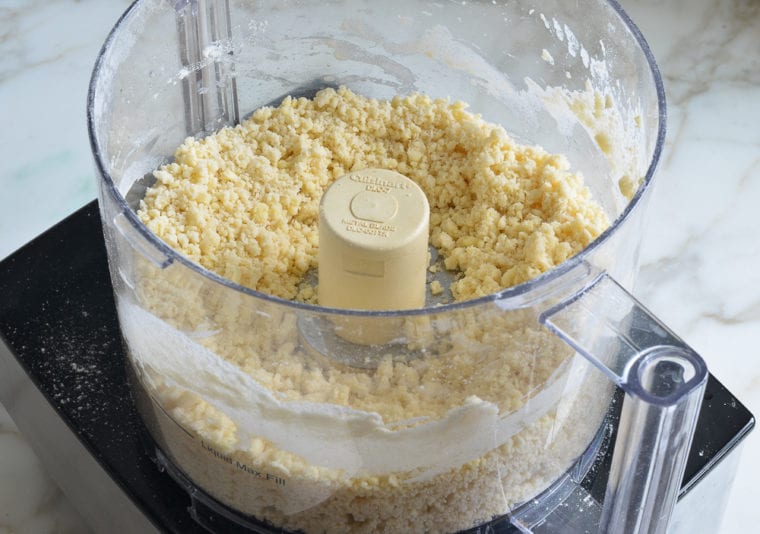
Dump the crumbly dough out onto a lightly floured surface. (I know this looks all wrong, but have faith!)
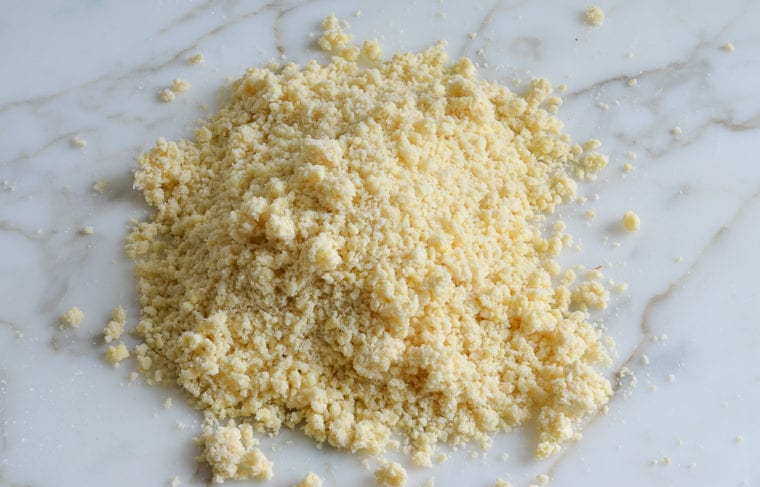
Gather it into a ball.
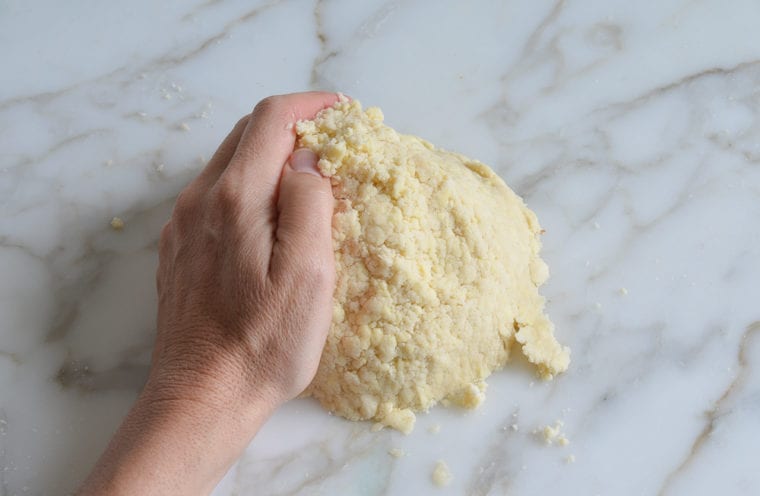
Then pat the dough into a 5-inch disc. Wrap it in plastic and refrigerate for at least 45 minutes or up to 3 days to rest. Allowing the dough to rest helps the gluten relax and also ensures that dough stays chilled — both important in making a tender, flaky crust.
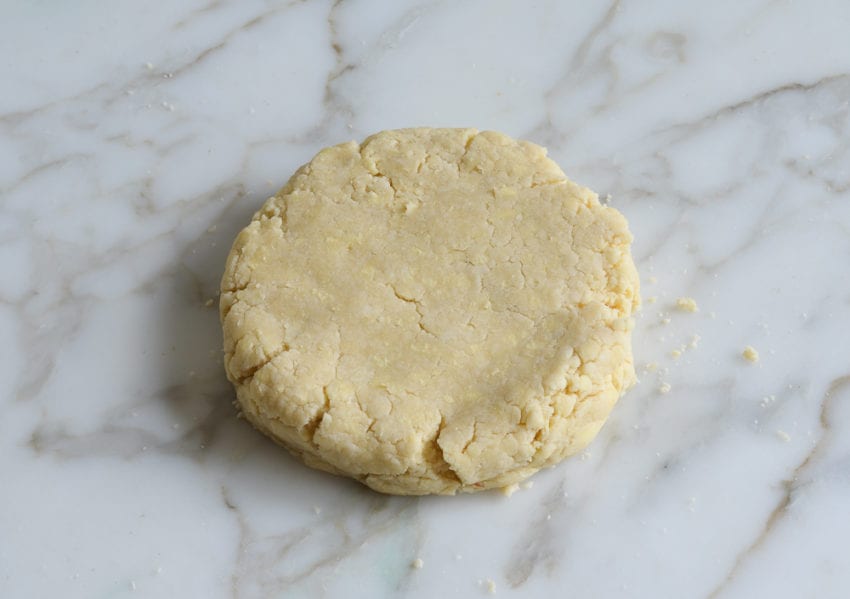
Take the dough out of the refrigerator and dust your work surface lightly with flour. Place the dough on top and sprinkle a little flour over the dough. Use your hands to quickly knead the dough into a soft and malleable disc (don’t overwork it; you want it just supple enough to roll).
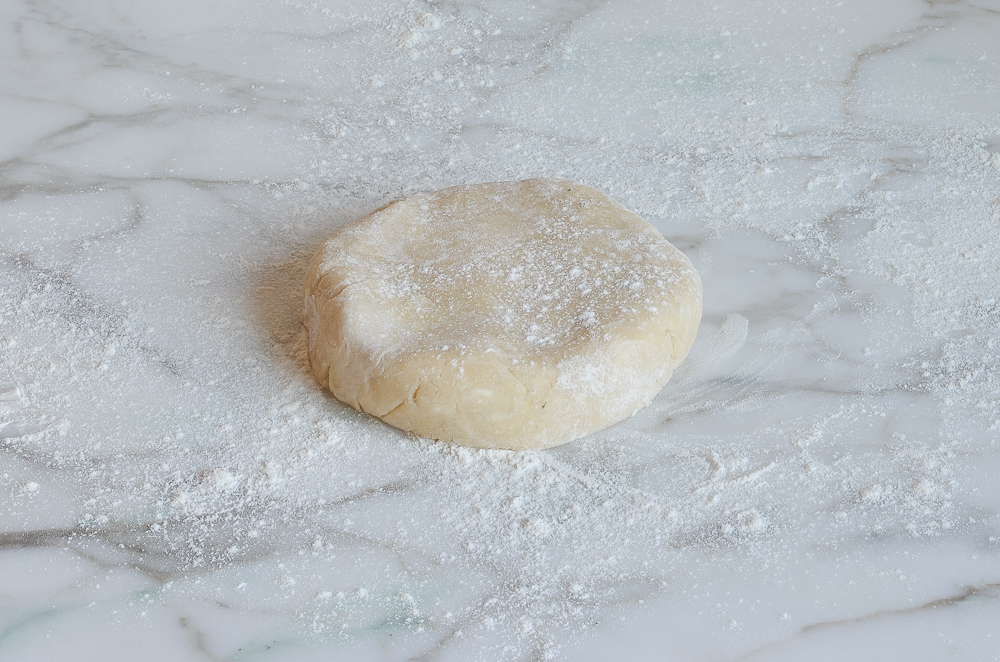
Roll the dough, turning it frequently and adding more flour as necessary so it doesn’t stick, into a 13-inch circle.
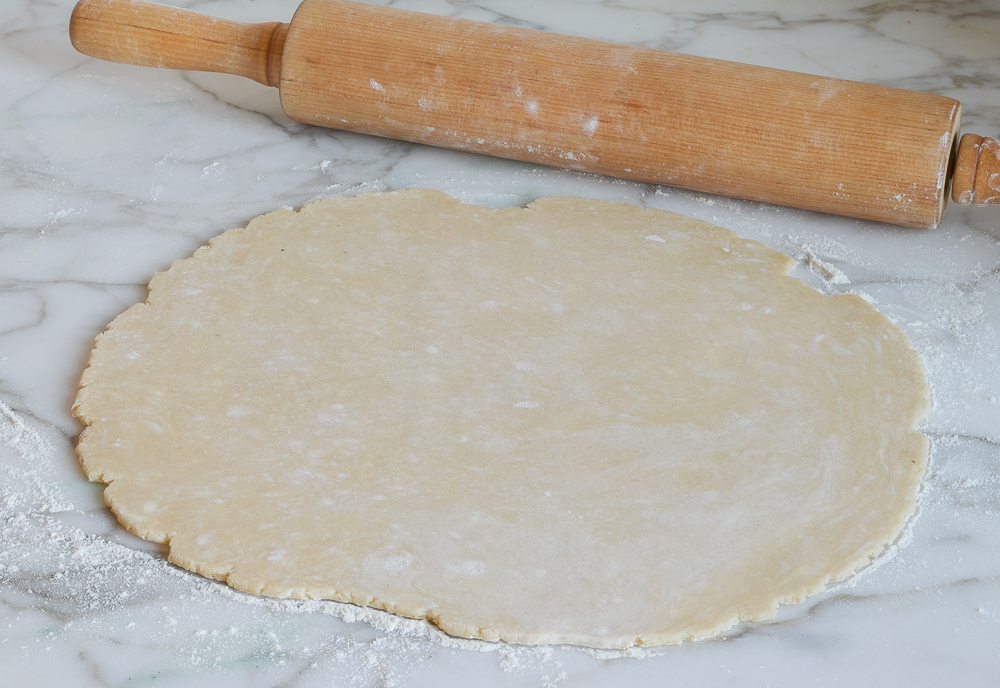
Fold the dough into quarters without creasing it and transfer it to a 9-inch deep-dish pie pan.
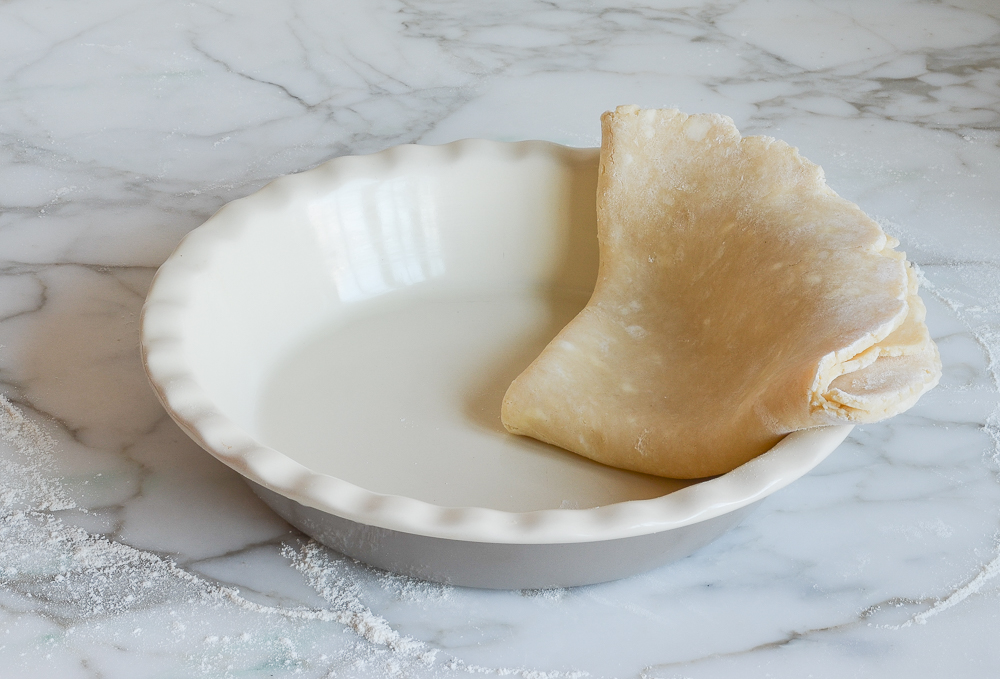
Gently fit the dough into the pan, easing it inwards rather than stretching it outwards. Don’t worry if it tears, just patch it right back up.
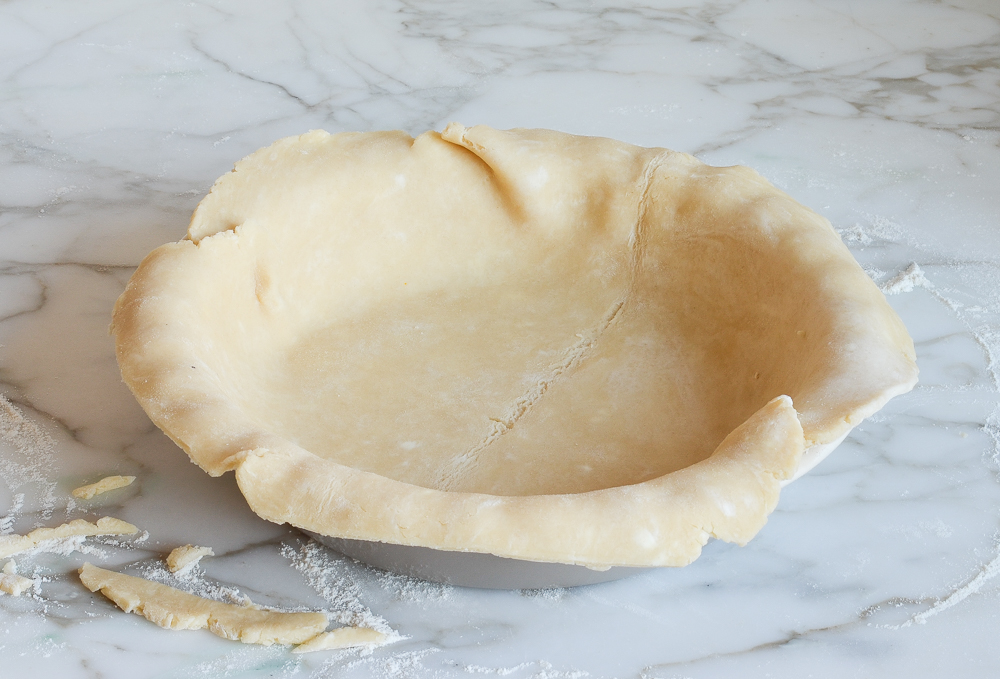
Trim the edges to ½ inch beyond the lip of the pie pan, if necessary. Turn the edges under to create a rim on the crust (you can use the scraps to patch in any thin areas); then press the rim against the lip of the pan, forming it into an even edge as you go. Using your fingers, crimp the rim. Place the crust in the refrigerator for at least 30 minutes before proceeding with your recipe.
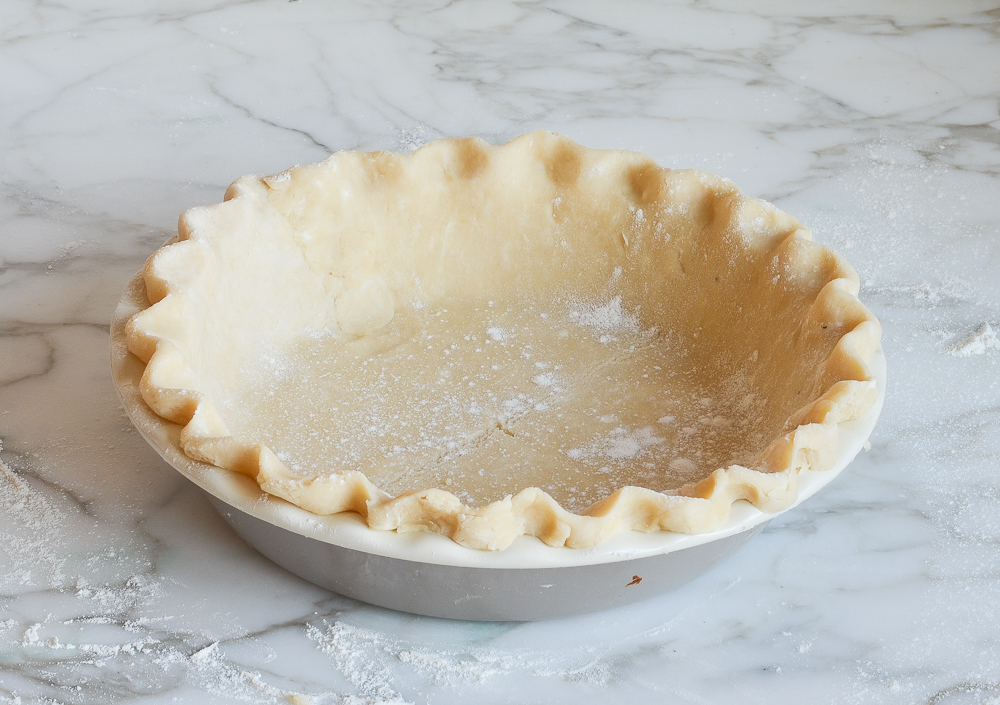
Blind Baking
Some pie crusts require partial or full blind baking to ensure they are fully cooked and crisp. Partial blind baking is typically used for pies with fillings that will be baked further, such as custard pies or quiches, where the crust gets a head start to prevent it from becoming soggy. Full blind baking is necessary for pies with fillings that don’t require any baking, like cream pies or chilled no-bake pies. In both cases, blind baking ensures the crust holds its structure, remains crisp, and avoids a soggy bottom before the filling is added.
If your crust requires blind baking: Preheat the oven to 375°F. Remove the crust from the refrigerator and cover with a piece of parchment paper. Fill the crust at least halfway full with dried beans or pie weights.

Bake for 15 to 20 minutes, or until the edges are lightly golden and the crust is set. Carefully remove the parchment and weights. If the recipe requires a fully baked crust, return the crust to the oven and bake for an additional 5 to 10 minutes, or until the bottom is golden and cooked through. For recipes requiring further baking, proceed as directed.
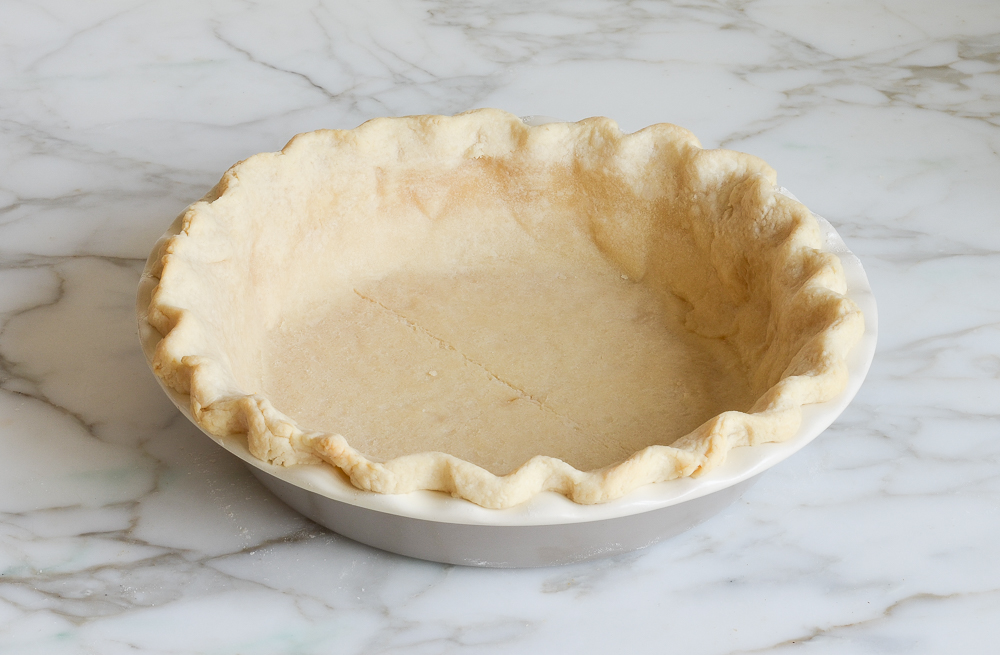
Make-Ahead & Freezing Instructions
You can make pie crust ahead of time and refrigerate, sealed tightly in plastic wrap, for a few days. Making pie crust ahead can actually improve its texture and flavor as it allows the gluten in the flour to relax. The pie crust can be frozen for longer storage. Wrap the dough tightly in plastic wrap before freezing. Before using, thaw the dough in the refrigerator overnight.
Frequently Asked Questions
A: Yes, you can use all butter or all shortening, but the texture and flavor will differ. All butter will give a richer flavor and potentially more flakiness due to its water content, but it can be harder to work with as it melts faster. All shortening, on the other hand, is easier to handle and helps the crust hold its shape better but will lack the delicious flavor that butter provides.
A: Keeping the butter and shortening cold is crucial for achieving a flaky pie crust. When cold, these fats don’t mix completely with the flour, creating small pockets in the dough. As the crust bakes, the fat pockets steam, resulting in the desired flakiness. Additionally, cold fats are less likely to be overworked into the dough, which can prevent the crust from becoming tough. Working with cold ingredients also makes the dough easier to handle and roll out.
Video Tutorial
You May Also Like
Perfect Pie Crust
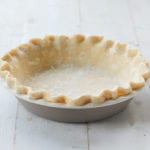
Learn how to make the perfect pie crust with this easy recipe. Buttery, tender and flaky—it’s ideal for beginners and seasoned bakers alike!
Ingredients
- 1½ cups all-purpose flour, spooned into measuring cup and leveled with a knife
- ½ teaspoon salt
- ⅛ teaspoon baking powder
- 6 tablespoons very cold unsalted butter, sliced into ¼-inch pieces
- 3 tablespoons very cold vegetable shortening, in 3 pieces
- 4 tablespoons very cold water
Instructions
- Combine the flour, salt and baking powder in the bowl of a food processor fitted with the metal blade. (If you don't have a food processor, see note below.) Process for 5 seconds to blend.
- Add the butter and shortening. Pulse until you have coarse crumbs with lots of pea-sized clumps of butter and shortening within, 15 to 20 one-second pulses.
- Add the water and pulse until the mixture is just evenly moistened and very crumbly, 7 to 10 one-second pulses.
- Dump the crumbly dough out onto a work surface and gather it into a ball.
- Pat the dough into a 5-inch disc and wrap it in plastic wrap. Refrigerate for at least 45 minutes or up to 3 days to rest.
- Take the dough out of the refrigerator and dust your work surface lightly with flour. Place the dough on top and sprinkle a little flour over the dough. Use your hands to quickly knead the dough into a soft and malleable disc (don’t overwork it; you want it just supple enough to roll).
- Roll the dough, turning it frequently and adding more flour as necessary so it doesn’t stick, into a 13-inch circle.
- Fold the dough into quarters without creasing it and transfer it to a 9-inch deep-dish pie pan.
- Gently fit the dough into the pan, easing it inwards rather than stretching it outwards. Don’t worry if it tears, just patch it right back up.
- Trim the edges to ½ inch beyond the lip of the pie pan, if necessary. Turn the edges under to create a rim on the crust (you can use the scraps to patch in any thin areas); then press the rim against the lip of the pan, forming it into an even edge as you go. Using your fingers, crimp the rim. Place the crust in the refrigerator for at least 30 minutes, and then proceed with your pie recipe.
- If your crust requires blind baking: Preheat the oven to 375°F. Remove the crust from the refrigerator and cover with a piece of parchment paper. Fill the crust at least halfway full with dried beans or pie weights. Bake for 15 to 20 minutes, or until the edges are lightly golden and the crust is set. Carefully remove the parchment and weights. If the recipe requires a fully baked crust (such as for a custard pie), return the crust to the oven and bake for an additional 5 to 10 minutes, or until the bottom is golden and cooked through. For recipes requiring further baking, proceed as directed.
- Freezer-Friendly Instructions: The pie crust dough can be frozen for up to 3 months after you’ve formed it into a disc. Wrap it tightly in a layer of plastic wrap and a layer of foil. Before using, thaw the dough in the fridge overnight and then proceed with the recipe.
- Note: If you don’t have a food processor, you can mix the dough by hand. In a large mixing bowl, whisk together the flour, salt, and baking powder until well combined. Add the cold butter and shortening, and use a pastry cutter, two knives, or your fingers to cut the fats into the flour mixture until it resembles coarse crumbs with some pea-sized clumps. Drizzle the cold water over the mixture, one tablespoon at a time, and toss with a fork until the dough just comes together. Avoid overmixing; the dough should still be crumbly but hold together when pinched.
Nutrition Information
Powered by ![]()
- Per serving (10 servings)
- Calories: 163
- Fat: 11 g
- Saturated fat: 5 g
- Carbohydrates: 14 g
- Sugar: 0 g
- Fiber: 1 g
- Protein: 2 g
- Sodium: 72 mg
- Cholesterol: 18 mg
This website is written and produced for informational purposes only. I am not a certified nutritionist and the nutritional data on this site has not been evaluated or approved by a nutritionist or the Food and Drug Administration. Nutritional information is offered as a courtesy and should not be construed as a guarantee. The data is calculated through an online nutritional calculator, Edamam.com. Although I do my best to provide accurate nutritional information, these figures should be considered estimates only. Varying factors such as product types or brands purchased, natural fluctuations in fresh produce, and the way ingredients are processed change the effective nutritional information in any given recipe. Furthermore, different online calculators provide different results depending on their own nutrition fact sources and algorithms. To obtain the most accurate nutritional information in a given recipe, you should calculate the nutritional information with the actual ingredients used in your recipe, using your preferred nutrition calculator.
See more recipes:
Comments
Add a Comment Cancel reply
This site uses Akismet to reduce spam. Learn how your comment data is processed.
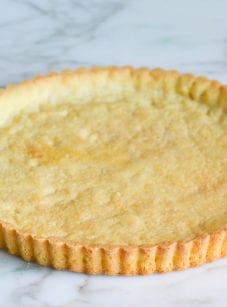
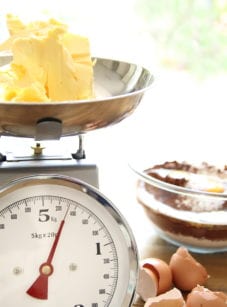

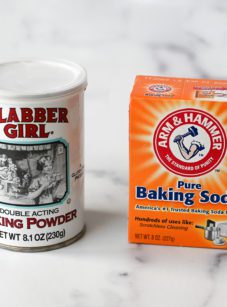
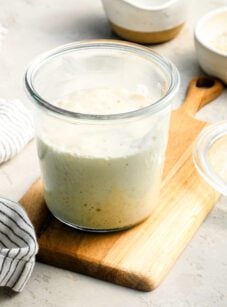

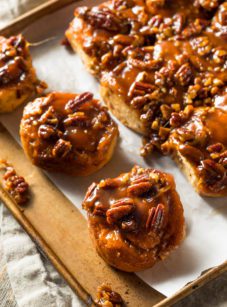
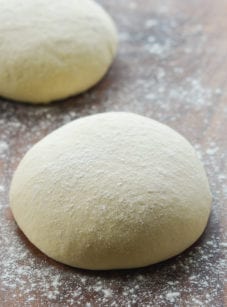
This has become my favorite pie crust recipe, it never fails me! I use butter flavored Crisco shortening along with the butter (the first thing I do is measure it onto a small piece of foil and stick it in the freezer) and follow the directions with great success. I use this for Jen’s Parmesan & Leek quiche and follow the baking directions in that recipe (which has you fork the crust rather than adding dried beans). Another winning recipe!
This crust turns out perfect every time, I absolutely love it!
I just made this pie crust recipe to go with the quiche Lorraine recipe you have, Jenn. And WOW, fabulous. Best crust yet. I just bought a new food processor and was concerned because I usually used a pastry cutter. But this was so easy and much quicker. The only part I had trouble with was getting the dough to come together before rolling. Then realized you say to ‘knead’ the dough. I’ve never done that before but it made a huge difference. The crust was so flakey and tasted great. Also, I highly recommend the quiche Lorraine. My husband loved it! Thanks, Jenn
This has become my go-to pie crust recipe because it literally never fails. Unlike other crusts, it doesn’t get tough if you add a little too much water. It also makes enough crust for a deeper or bigger pie. I have not found it necessary to chill the shortening. I do use very cold butter.
Do you ever make an all-butter pie crust? can you convert this recipe to all-butter? when I first started making pies 40 years ago, I always used recipe from Julia Child cookbook which also combined butter and shortening. never failed and always good. but then at some point, I switched to all-butter — but I have never found a perfect recipe! maybe it’s time to revert to the butter/shortening combination! but, if you don’t mind, could you let me know if your recipe can be changed to all-butter with good results? thank you
Hi Vicki, You can definitely replace the shortening with butter, but the crust won’t hold its shape well. The purpose of the shortening is to make the dough easier to work with and also help it hold its shape in the oven. Hope that helps!
I haven’t tried this yet. Even though it looks good, you shouldn’t assume that everyone has a food processor-I don’t, and you don’t explain options. People have been making good pie crusts for many years before there were processors. Disappointed in the assumption.
Hi Lauren, While a food processor makes it easier/quicker, you can use a pastry cutter or two knives to cut the butter into the flour mixture. Hope that clarifies! 🙂
Can a blender be used in place of a food processor? Excited to try this for Thanksgiving but I don’t own a food processor!
Hi Megan, I wouldn’t suggest a blender, but you can use a pastry cutter or two knives to cut the butter into the flour mixture. Hope that hopes!
my mother in law made pie crusts with no measuring tools, a bowl, and two butter knives. works just as well. this is a great crust recipe and will be doubling it later for beef pot pie.
I made this crust yesterday and used it to make tarts. I followed the directions exactly (except for almost forgetting to add the water) and it rolled out easily. It will be my go to recipe from now on.
I don’t have a food processor. Is there another way for me to blend these ingredients?
Sure, You can use a pastry cutter or two knives to cut the butter into the flour mixture. Hope you enjoy!
I hadn’t read the other comments before I just left mine. I see another person stating they don’t have a processor. A lot of people don’t. I do a lot of baking and never even wanted one.
I just made this recipe as a trial run for the big day. It seems every year I try a new pie crust recipe, vodka, all butter, some butter, special flour, etc. and every year I stress about the pie crust. I just wanted to let you know, the recipe turned out beautifully and I’m excited to know I won’t be stressed when I’m making all my pies this year. Thanks so much for all your recipes, but especially this one!
Is this the crust you used with your pumpkin pie recipe?
Yep 🙂